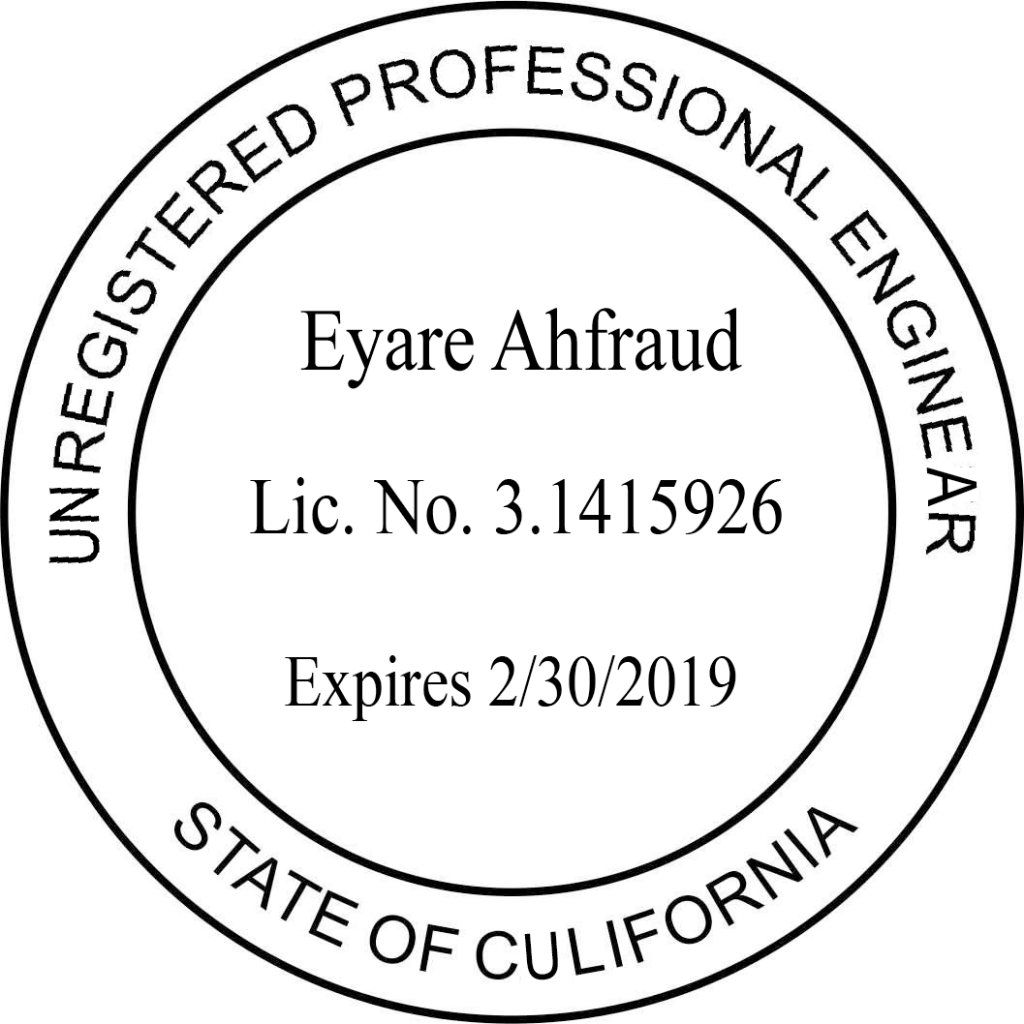 Yesterday, the 9th Circuit ruled (again) in favor of the City of Berkeley in CTIA’s law suit regarding the City’s requirement that cell phone vendors alert purchasers to FCC-required RF warnings.
Yesterday, the 9th Circuit ruled (again) in favor of the City of Berkeley in CTIA’s law suit regarding the City’s requirement that cell phone vendors alert purchasers to FCC-required RF warnings.
The City of Berkeley requires in its current Municipal Code the following:
9.96.030 Required notice
A. A Cell phone retailer shall provide to each customer who buys or leases a Cell phone a notice containing the following language:
The City of Berkeley requires that you be provided the following notice:
To assure safety, the Federal Government requires that cell phones meet radio frequency (RF) exposure guidelines. If you carry or use your phone in a pants or shirt pocket or tucked into a bra when the phone is ON and connected to a wireless network, you may exceed the federal guidelines for exposure to RF radiation. Refer to the instructions in your phone or user manual for information about how to use your phone safely.
B. The notice required by this Section shall either be provided to each customer who buys or leases a Cell phone or shall be prominently displayed at any point of sale where Cell phones are purchased or leased. If provided to the customer, the notice shall include the City’s logo, shall be printed on paper that is no less than 5 inches by 8 inches in size, and shall be printed in no smaller than a 18-point font. The paper on which the notice is printed may contain other information in the discretion of the Cell phone retailer, as long as that information is distinct from the notice language required by subdivision (A) of this Section. If prominently displayed at a point of sale, the notice shall include the City’s logo, be printed on a poster no less than 8-1/2 by 11 inches in size, and shall be printed in no small than a 28-point font. The City shall make its logo available to be incorporated in such notices.
C. A Cell phone retailer that believes the notice language required by subdivision (A) of this Section is not factually applicable to a Cell phone model that retailer offers for sale or lease may request permission to not provide the notice required by this Section in connection with sales or leases of that model of Cell phone. Such permission shall not be unreasonably withheld. (Ord. 7443-NS § 1, 2015; Ord. 7404-NS § 1 (part), 2015)
The CTIA challenged the current law saying, essentially, that the City was forcing wireless providers to ‘speak’ thus violating their First Amendment rights. The District Court hearing the case denied CTIA’s request to bar the City from enforcing its RF disclosure rules. The CTIA appealed to the 9th Circuit.
In its original decision on CTIA’s appeal, a 3-judge panel of the 9th Circuit disagreed with CTIA and allowed the ordinance to remain in force. The CTIA then asked the Supreme Court to review the 9th Circuit decision.
The Supreme Court took the case, vacated the 9th Circuit decision supporting the City, and remanded the case back to the 9th Circuit directing that the Circuit Court reevaluate the decision in light of the Supreme Court’s holding in National Institute of Family and Life Advocates v. Becerra, 138 S. Ct. 2361, 201 L. Ed. 2d 835 (2018) (“NIFLA”).
The NIFLA case challenged a California law requiring compelled speech by anti-abortion counseling centers that included references to abortion clinics. In a 5-4 decision, the Supreme Court overturned the California law citing a violation of the First Amendment.
NIFLA connects to CTIA by way of the Supreme Court’s analysis in NIFLA that said that a lower level of First Amendment protection exists for noncontroversial professional speech. In NIFLA, the majority in the Supreme Court said,
[O]ur precedents have applied more deferential review to some laws that require professionals to disclose factual, noncontroversial information in their “commercial speech.” See, e.g., Zauderer v. Office of Disciplinary Counsel of Supreme Court of Ohio, 471 U. S. 626, 651 (1985); Milavetz, Gallop & Milavetz, P. A. v. United States, 559 U. S. 229, 250 (2010); Ohralik v. Ohio State Bar Assn., 436 U. S. 447, 455–456 (1978).
According, the Supreme Court’s remand to the 9th Circuit required that the Circuit Court evaluate whether the City’s RF notice was factual, noncontroversial information.
In the case re-decided yesterday in favor of Berkeley, the majority said:
Given the FCC’s requirement that cell phone manufacturers must inform consumers of “minimum test separation distance requirements,” and must “clearly disclose[ ]” accessory operating configurations “through conspicuous instructions in the user guide and user manual, to ensure unsupported operations are avoided,” we see little likelihood of success based on conflict preemption.
Berkeley’s compelled disclosure does no more than alert consumers to the safety disclosures that the FCC requires, and direct consumers to federally compelled instructions in their user manuals providing specific information about how to avoid excessive exposure. Far from conflicting with federal law and policy, the Berkeley ordinance complements and reinforces it.
Yesterday’s decision cited existing disclosures in the FCC Record, as well as cell phone manufacturer warnings.
On remand, the 9th Circuit found that Berkeley’s RF law as non-controversial under the Supreme Court’s holding in NIFLA. A dissent by Circuit Judge Friedland takes the opposite position.
The decision and dissent are provided in this link: CTIA v Berkeley. Case No. 16-15141
It seems likely that there will be another petition by the CTIA to review yesterday’s decision.
Jonathan





 It continues to amaze me, and sadden me, how some professional engineers seem to be willing to put their hard-earned licenses on the line so often, and so obviously.
It continues to amaze me, and sadden me, how some professional engineers seem to be willing to put their hard-earned licenses on the line so often, and so obviously.
